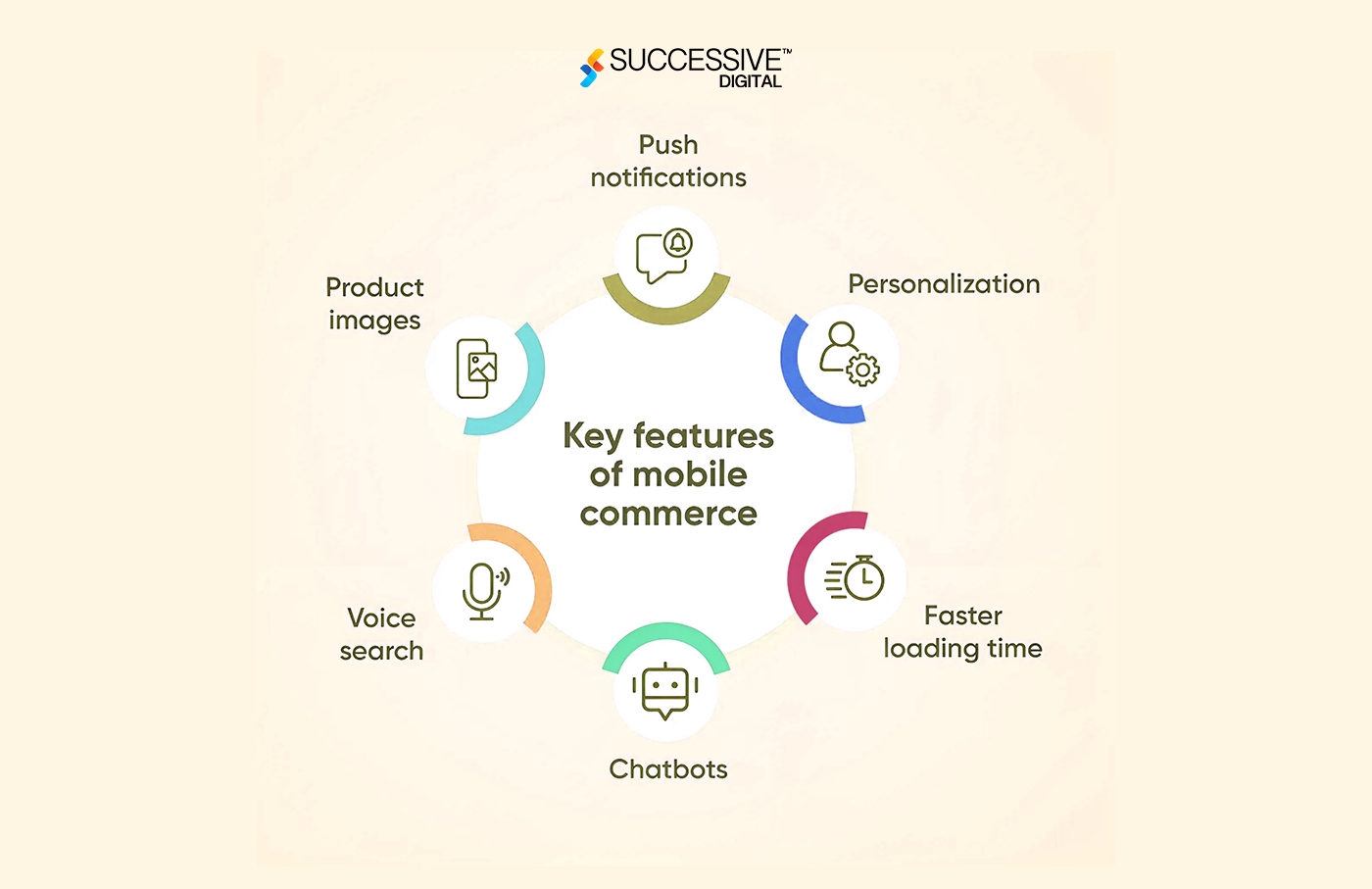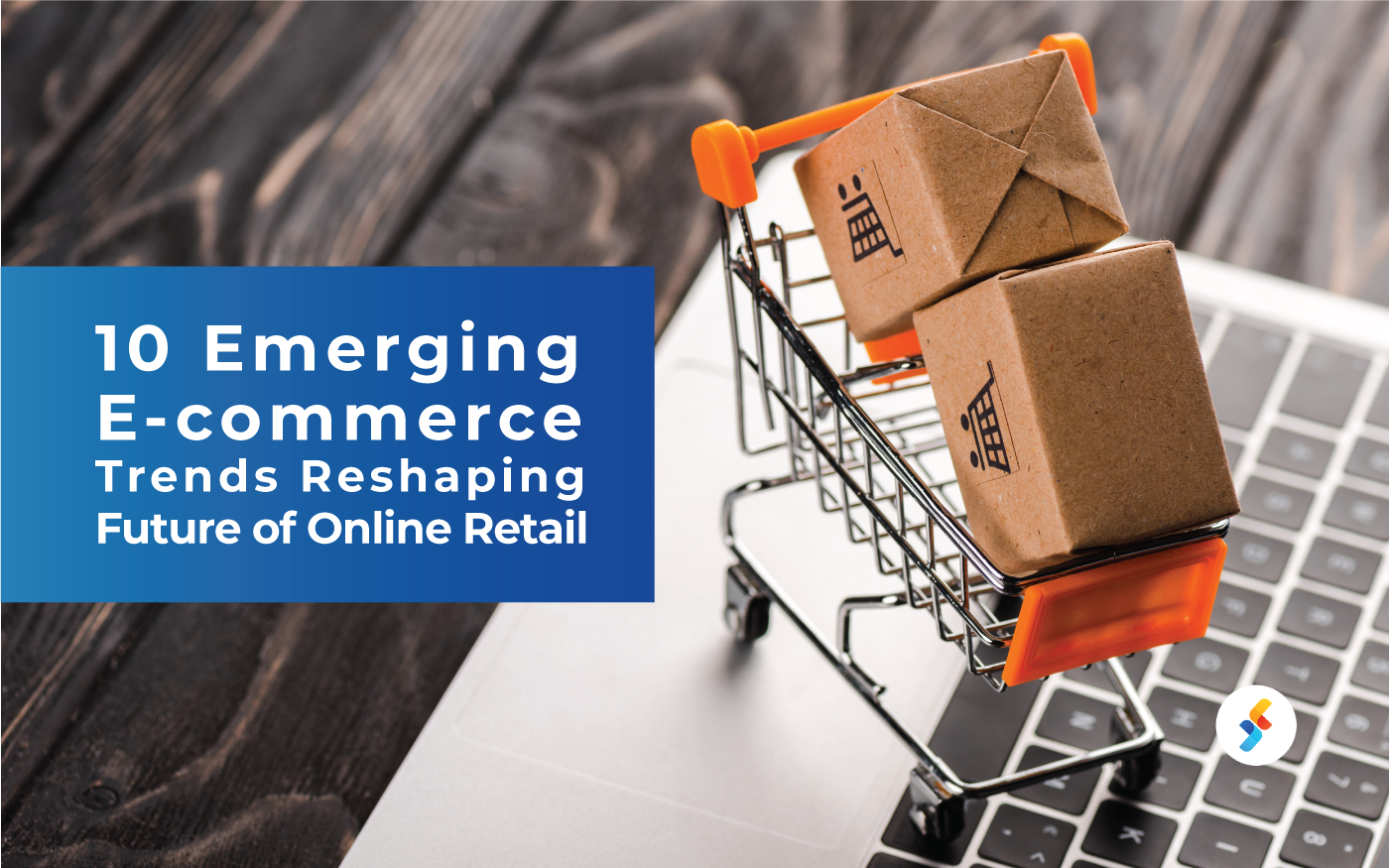In the era of fast technological development and evolving customer behaviors, ecommerce has emerged as a critical element of success for global businesses. The onset of the global pandemic has served to accelerate the digital transformation, propelling ecommerce to drive the change. Consequently, it has now become more vital for companies to maintain competitiveness in the evolving space of e-commerce and remain relevant in a rapidly transforming digital marketplace.
Today’s users demand seamless, tailored buying experience across various channels, pressurising brands to continuously innovate. Furthermore, advancements in emerging technologies such as artificial intelligence (AI), machine learning (ML), and augmented reality (AR) are reshaping customer-brand interactions and ensuring sustained growth in ecommerce.
However, the ecommerce space is fiercely competitive, with new entrants continuously bringing in more innovative solutions and existing players continuously innovating to secure market proportion. Additionally, compliance with rules relating to information privacy, taxation, and logistics similarly compounds the demanding situations of operating in the ecommerce space. This blog underscores the significance of businesses adopting a proactive approach to future-proof their ecommerce operations by embracing the latest techniques and technology.
Strategies for Future-Proofing Ecommerce Operations
To stay in advance on this unexpectedly evolving landscape, organizations need to adopt a proactive approach and put in force techniques tailor-made to meet customers’ changing needs. Here are some strategies for long-term ecommerce success:
-
Embrace Omnichannel Commerce
Embracing omnichannel commerce entails seamlessly integrating each online and offline channel to offer customers a unified buying experience. This strategy acknowledges the present-day user’s choice for consistency and convenience throughout numerous touchpoints, whether online surfing, in-shop visits, or engagement with businesses on social media platforms.
Implementing omnichannel strategies entails leveraging data analytics to gain insights into consumer conduct across distinctive channels and tailoring advertising and marketing efforts accordingly. It also requires investing in technologies with mobile apps, social trade platforms, and in-store digital experience to enhance engagement and drive revenue. Furthermore, offering seamless cross-channel experiences, together with click-on-and-collect and purchase online, return-in-store options, fosters purchaser loyalty and satisfaction.

-
Leverage Data Analytics and AI
To adapt ecommerce techniques to evolving market trends, incorporating data analytics and AI) can significantly enhance their effectiveness. Data analytics involves thoroughly examining and interpreting vast data to extract valuable insights into customer conduct, market dynamics, and operational efficiency. By harnessing these insights, businesses could make informed decisions, pinpoint corners for enhancement, and refine elements in their ecommerce strategy, including pricing, personalized product recommendations, and advertising and marketing endeavors. This proactive utilization of data-driven insights empowers businesses to stay agile and responsive in the face of converting market conditions, enabling them to hold a competitive facet and meet evolving user needs efficaciously.
Additionally, AI technology provides advanced abilities to automate approaches, customize customer interactions, and expect future tendencies. For instance, AI-powered algorithms can analyze client data to generate customized product suggestions, enhancing the general buying experience and driving revenue. Furthermore, AI can streamline logistics and deliver exception transparency in supply chain management via optimizing inventory, predicting demand, and figuring out capacity bottlenecks.
-
Focus on Mobile Commerce
With the growing adoption of smartphones, prioritizing mobile trade has become important for brands aiming to excel within the digital marketplace and establish future-proof e-commerce strategies. Mobile trade, commonly called m-trade, entails the buying and selling of goods and services via mobile devices like smartphones and tablets. This transition closer to mobile buying is fuelled by the growing comfort and accessibility it presents to customers, allowing them to make purchases anytime and everywhere.
To capitalize on the mobile commerce trend, businesses must optimize their ecommerce platforms for mobile devices, ensuring seamless navigation, fast loading times, and user-friendly interfaces (UI). Implementing mobile-responsive designs and payment alternatives can further enhance the online buying experience, decreasing friction and growing conversion rates. Moreover, leveraging mobile advertising and marketing channels such as push notifications, SMS marketing, and in-app advertisements can help organizations successfully engage with users and force better sales.
-
Enhance Logistics and Fulfilment
For staying ahead in ecommerce evolution, improving logistics methods is paramount for ecommerce fulfillment, ensuring fast and seamless transport of goods to customers. This includes optimizing the supply chain, from order processing to the last transport, to enhance performance and customer delight. Businesses can gain this by investing in advanced logistics technology, routing optimization software programs, and real-time monitoring systems to streamline routes and limit transit times.
Moreover, forming strategic partnerships with reliable logistics carriers can extend the delivery process and offer flexible shipping alternatives, such as one-day delivery and click-and-acquire services. Implementing strong inventory management structures enables organizations to maintain the highest stock levels and prevent stockouts, ensuring timely order fulfillment.
Additionally, enhancing transparency in the fulfillment system with proactive communication and order tracking features instills customers’ acceptance and self-assurance, further improving their overall shopping experience. By prioritizing logistics and fulfillment excellence, e-commerce organizations can differentiate themselves in an aggressive market and construct long-lasting customer relationships.
-
Prioritize Customer Experience
Customer experience should be a top priority and a crucial part of overall business strategies for long-term e-commerce success, as it directly affects user delight, loyalty, and repeat purchases. To achieve this, brands ought to recognize every issue of the consumer journey, from when a consumer lands on the website to post-purchase assistance. This entails creating intuitive UI/ UX, ensuring speedy loading instances, and optimizing the checkout method for simplicity and security.
Moreover, personalization performs a crucial function in improving consumer experience. By leveraging data analytics and purchaser insights, businesses can deliver customized product suggestions, targeted promotions, and tailored product information catering to each purchaser’s character options and needs.
Providing superior customer support through multiple channels, including live chat, email, and call, ensures prompt decision-making regarding multiple inquiries and troubles, fostering trust and loyalty. By constantly tracking and enhancing the customer experience, e-commerce companies can differentiate themselves in a competitive market and construct strong, long-lasting relationships with their users.
Conclusion
Future-proofing ecommerce operations are vital for businesses to thrive in the rapidly evolving digital era. Organizations can stay ahead of the curve by embracing robust ecommerce strategies such as omnichannel integration, data analytics and AI, prioritizing mobile trade, enhancing logistics and fulfilment, and specializing in customer experience.
Additionally, adopting cutting-edge technologies and business process improvements, including AR, voice trade, sustainability, and social trade, permits differentiation and meets evolving customer needs. With a proactive approach and continuous innovation, brands can navigate the challenges of ecommerce and prepare themselves for sustained growth within the dynamic marketplace.












